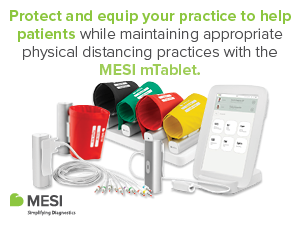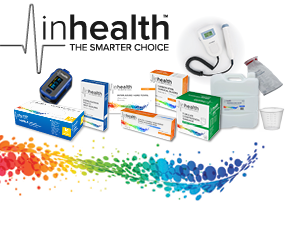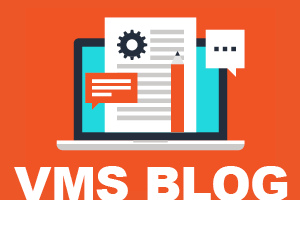
Would you know how to use an AED in a medical emergency?
Most people think that they aren’t qualified to use a defibrillator or an AED and that these machines are only used by doctors or healthcare professionals. These devices are designed to be used by untrained people in a medical emergency such as a sudden cardiac arrest.
An AED device requires no formal training as it will start talking you through the steps of what to do as soon as you switch it on. Having the confidence to use an AED is critical to saving someone’s life.
AEDs should be installed where everyone can access them and not stored under an office desk or in a first aid room. The units need to be as visible as fire extinguishers so they can be grabbed quickly in a medical emergency.
An Automated External Defibrillator (AED) Can Mean the Difference Between Life and Death
What is AED?
An AED, or automated external defibrillator, is used to help those experiencing sudden cardiac arrest. It's a sophisticated, yet easy-to-use, medical device that can analyse the heart's rhythm and, if necessary, deliver an electrical shock, or defibrillation, to help the heart re-establish an effective rhythm.
When is an AED needed?
If a person has stopped breathing due to a sudden cardiac arrest, you will need to call 000, start CPR immediately and find a defibrillator. It’s important not to wait for the ambulance to arrive before any emergency procedure is carried out. Defibrillation is most effective when done within the first few minutes.
The shock delivered interrupts the chaotic rhythm of the heart, giving it a chance to return to its normal rhythm. The AED will continue to monitor the person's heart and if it stops again the unit will audibly advise that another shock is required.
Why is timing so important?
Defibrillation within the first few minutes of a person having a Sudden Cardiac Arrest, increases the chance of survival to over 70%.
Defibrillators Save Lives!
General steps for using an AED are as follows:
These AED steps should be used when caring for a non-breathing person.
After checking the scene and ensuring that the person needs help, you should ask a bystander to call 000 for help, then:
- Turn on the AED and follow any audio and/or visual prompts.
- Open the person’s shirt and wipe his or her bare chest dry. If the person is wearing any medication patches, you should use a glove (if possible) to remove the patches before wiping the person’s chest.
- Attach the AED pads, and plug in the connector (if necessary).
- Make sure no one, including you, is touching the person. Tell everyone to “stand clear.”
- Push the “analyse” button (if necessary) and allow the AED to analyse the person’s heart rhythm.
- If the AED recommends that you deliver a shock to the person, make sure that no one, including you, is touching the person – and tell everyone to “stand clear.” Once clear, press the “shock” button.
- Begin CPR after delivering the shock. If no shock is advised, begin CPR right away. Perform 2 minutes (about 5 cycles) of CPR and continue to follow the AEDs prompts. If you notice obvious signs of life, discontinue CPR and monitor breathing for any changes in condition.







